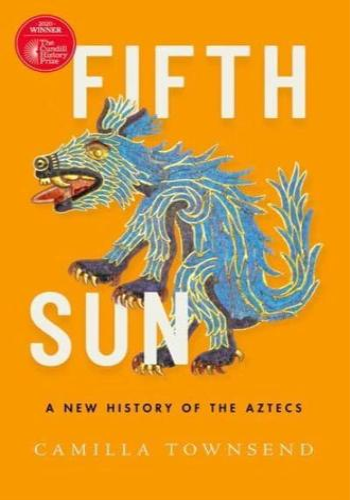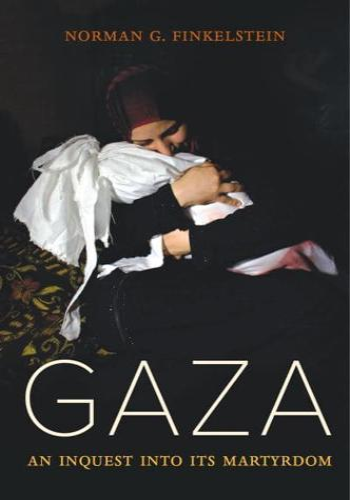Engage, support and develop confident historians
This Student Book covers the key knowledge for Pearson Edexcel GCSE (9-1) History Option 13 Migrants in Britain, c800-present and Notting Hill c.1948-1970. Written by an experienced author team (Rosemary Rees, Tony Warner, Joshua Garry and series editor Angela Leonard), with a wealth of experience and knowledge, together, they bring this fascinating journey through British history to life.
Key features for students include:
- clear and accessible language to appeal to students of all abilities
- a wealth of contemporary images and sources
- differentiated activities and checkpoint activities
- recap pages to help with consolidating and retaining knowledge
- a Preparing for the exam section, with exam advice and annotated sample answers
- an Extend your knowledge section for students wishing to conduct further research into this topic.
The student book also incorporates tried and tested teaching approaches:
- Thinking Historically activities throughout tackle some of the key misconceptions that can hold student thinking back.
- Writing Historically spreads, based on the Grammar for Writing approach used by many English departments, explain how students can improve their writing, making their answers more sophisticated, clear and concise.
About the series editor:
Angela Leonard taught history in secondary schools for over 20 years and was also a teacher trainer at the University of London Institute of Education for over a decade. She has extensive experience as a senior GCSE examiner and as an author and series editor of history textbooks.
About the authors:
Rosemary Rees taught history in primary and secondary schools for many years and has been involved in teacher training at St Martin's College, Lancaster as well as teaching for the Open University. She has worked as a GCSE external assessor and has extensive experience as a senior examiner at GCSE and GCE levels. She has authored and series edited numerous history books for KS3, GCSE and GCE.
Tony Warner is the founder of Black History Walks which leads tours in areas across London, including Notting Hill. The walks are designed to uncover the 3500 years of black history in London. He spent several years running workshops on institutional racism and has created community partnerships with, and lectured at, The Imperial War Museum, National Portrait Gallery, Museum of Docklands and British Film Institute. He is currently Activist in Residence and Honorary Research Fellow at UCL's Sarah Parker Remond Centre.
Joshua Garry, Joshua is a Deputy Head of History at a school in London with a passion for creating a more diverse and inclusive history curriculum.
"I think first and foremost you want your history curriculum to represent the experiences of the people inside the classroom or the people inside Britain. I always like to start in my classroom first. What does my classroom look like? I want my students to be able to connect with those stories. To see where they fit in." - Joshua Garry







